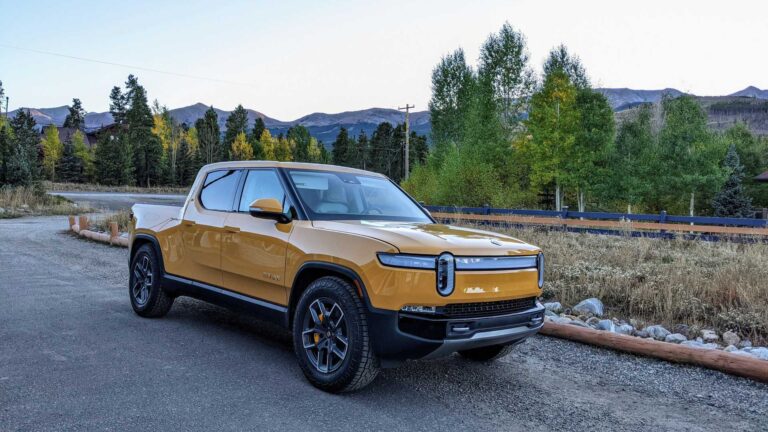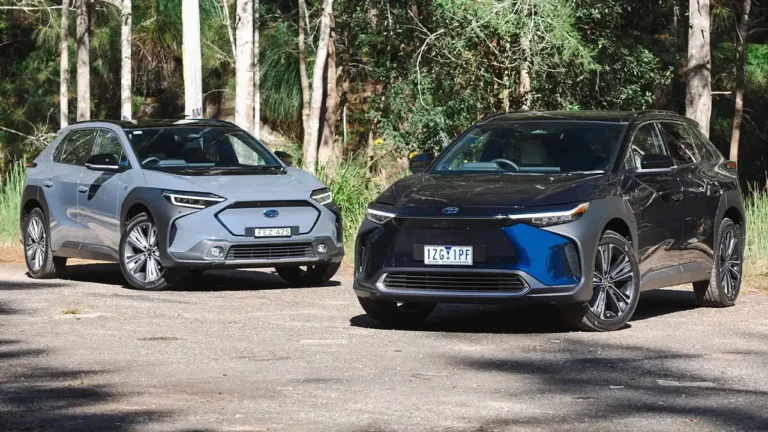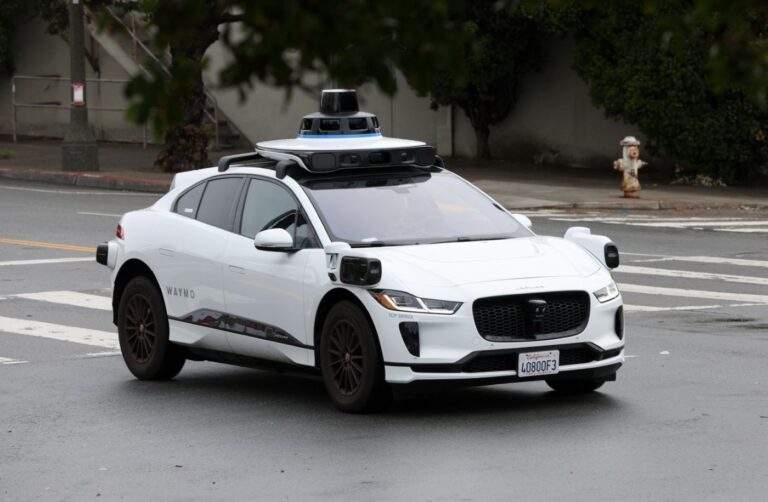The second-generation Audi Q7 has been on the market since December 2014 and has received two facelifts over the years. While these updates have been significant, the model is beginning to show its age and struggles to compete with newer rivals, as evidenced by a 28 percent decline in U.S. sales in 2024.
The upcoming third-generation Q7 is expected to be the final iteration of the nameplate featuring an internal combustion engine, with production likely extending until around 2035. It will arrive in time to compete with the next-generation BMW X5 and the recently updated Volvo XC90.
Design
Spy shots indicate that the next-generation Audi Q7 will adopt a more distinctive and commanding presence compared to the current model. The front end will feature a shorter octagonal radiator grille, split headlamps, and a larger lower air intake, giving it a sportier and more aggressive look. These design elements, captured in spy images by Wilco Blok, highlight Audi’s effort to modernize the SUV’s appearance.

Other exterior updates include new door handle designs—either flush-mounted or button-operated, similar to those on the Mustang Mach-E—and a redesigned rear section where the taillights are now connected by a horizontal light strip, a styling trend seen in many contemporary premium SUVs.
Interior & Features
Based on spy images, Audi is aiming for one of the most technology-focused interiors in its segment. The third-generation Q7 will feature a completely reworked digital cabin with an asymmetric dashboard designed for enhanced usability. In contrast to the current model’s dual-screen setup, the new version is expected to incorporate a single central touchscreen, simplifying the interface.
A key highlight is the addition of a passenger-side touchscreen, allowing access to entertainment features like video streaming, gaming, and navigation assistance. This screen is likely to be supplied by BHTC, a company specializing in automotive infotainment solutions. Other anticipated improvements include increased third-row seating space, capacitive steering wheel controls, a physical volume knob, and a redesigned, space-efficient electronic gear selector integrated into the center console, similar to what’s seen in the latest Q5.

Specifications
Built on the PPC platform—a refined version of the MLB evo—the next-gen Q7 is set to introduce significant electrification advancements. The plug-in hybrid (PHEV) variant is expected to receive a larger battery, potentially around 25 kWh, which would provide an extended electric-only range. Unlike the current U.S. model, which lacks a PHEV option, the new generation is likely to introduce this powertrain to the American market.
Spy images reveal a revised taillight layout with an integrated light strip, reinforcing the model’s modernized styling. Improvements in charging capabilities are anticipated, with DC fast-charging speeds expected to range between 40-50 kW. The EPA-estimated electric range may exceed 40 miles, making the hybrid model a more practical choice for daily commuting with minimal reliance on gasoline. Additionally, a new combustion engine lineup is expected, with all variants incorporating a 48V mild-hybrid system to enhance efficiency.
Price & Release Date
The next-generation Audi Q7 is slated for a 2026 launch, with an estimated starting price of approximately USD 75,000. Additional details regarding powertrain options and final specifications will be revealed as the official debut approaches, and we will continue to update this page as new information becomes available.



